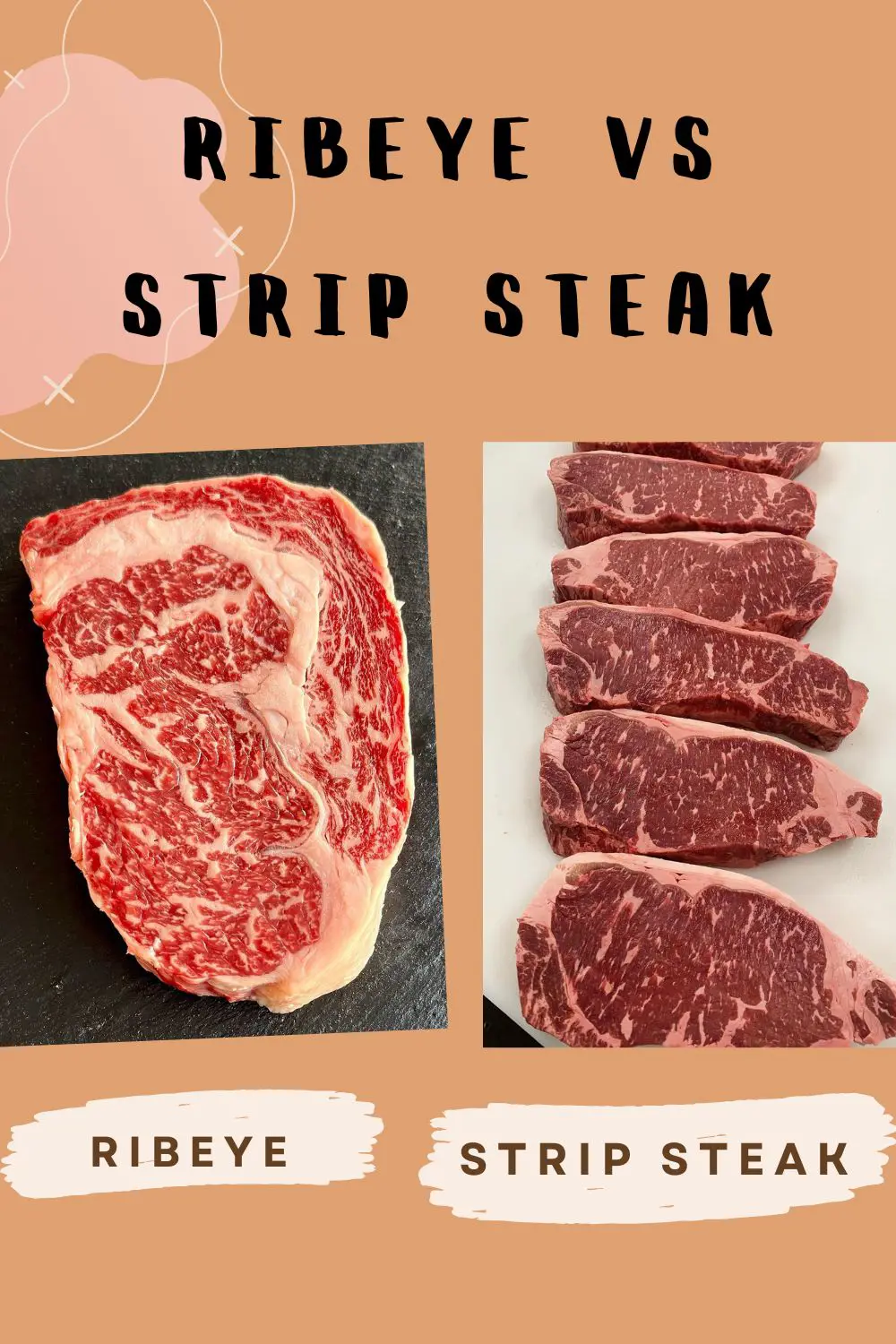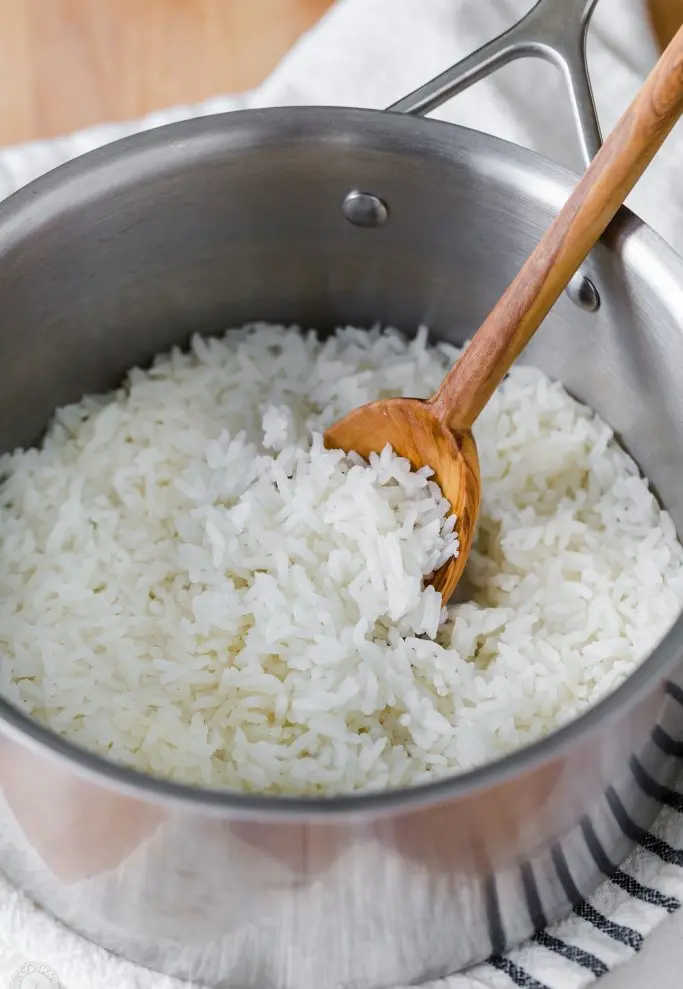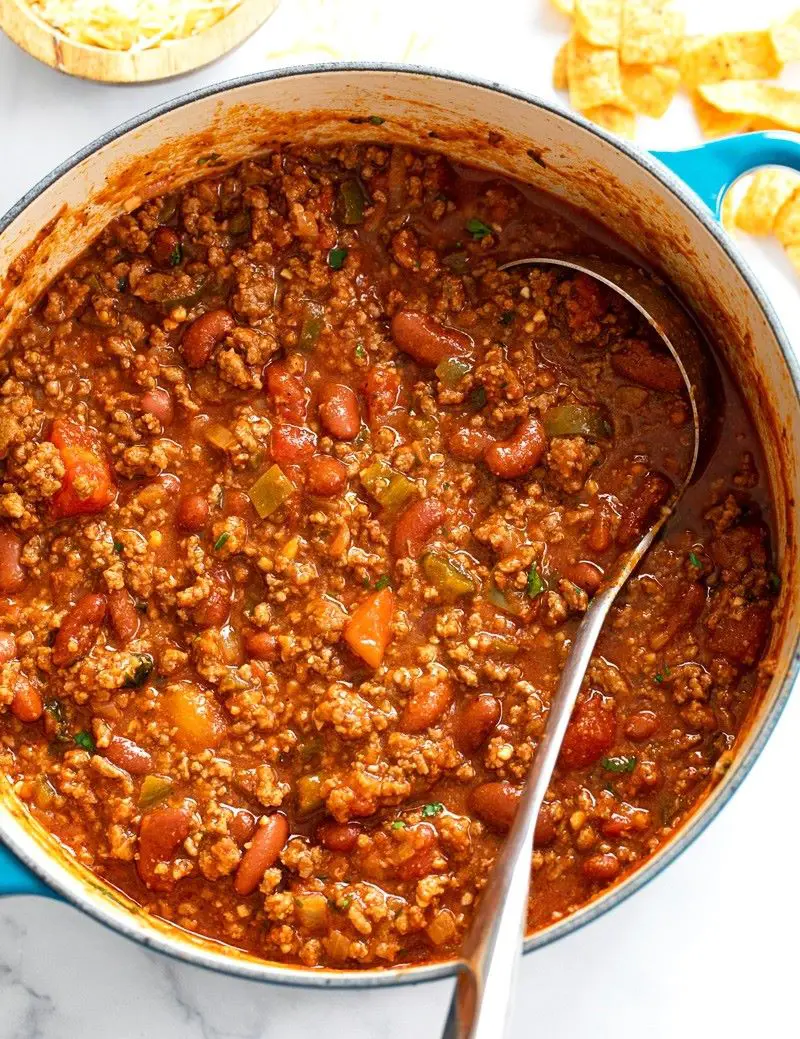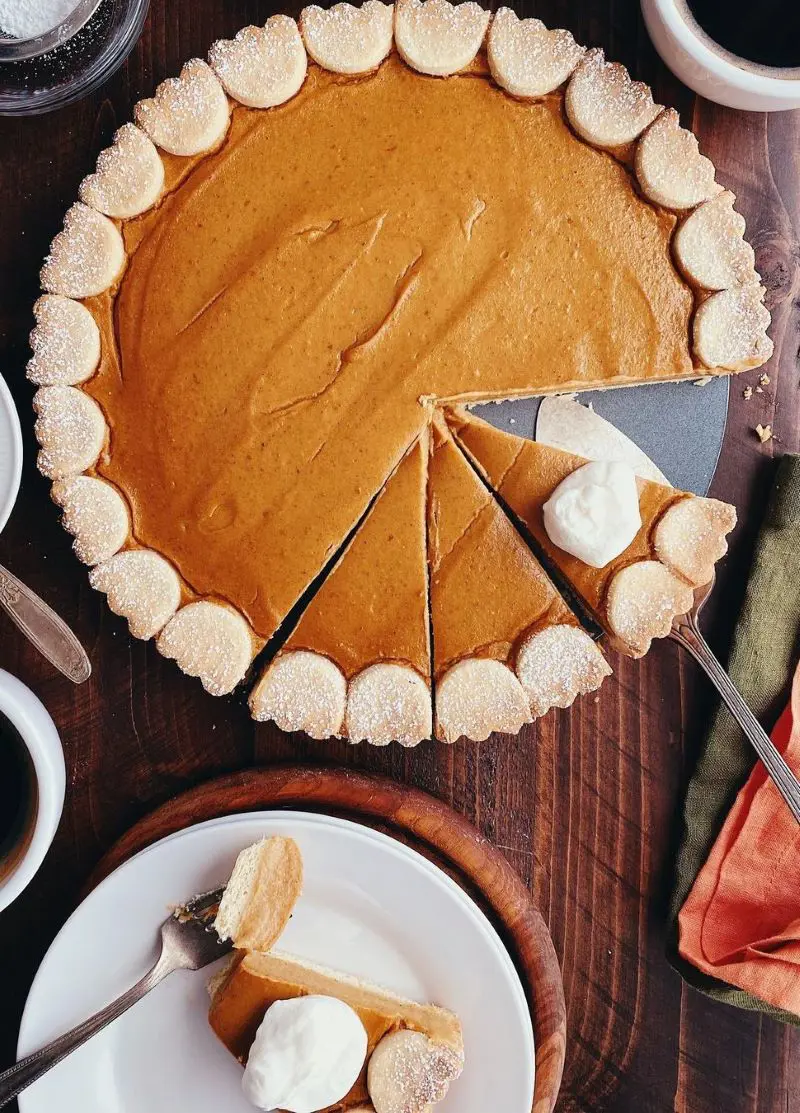The battle between ribeye and strip steak for supremacy in the world of beef cuts is a longstanding and passionate debate among steak enthusiasts. Both cuts have their unique qualities, making it challenging to declare a clear winner.
Here, we will try to unravel the culinary intricacies that surround these premium beef selections. From their distinct flavors and textures to composition, this guide will help all carnivores and home cooks find the cut that works best for them.
What is Ribeye?
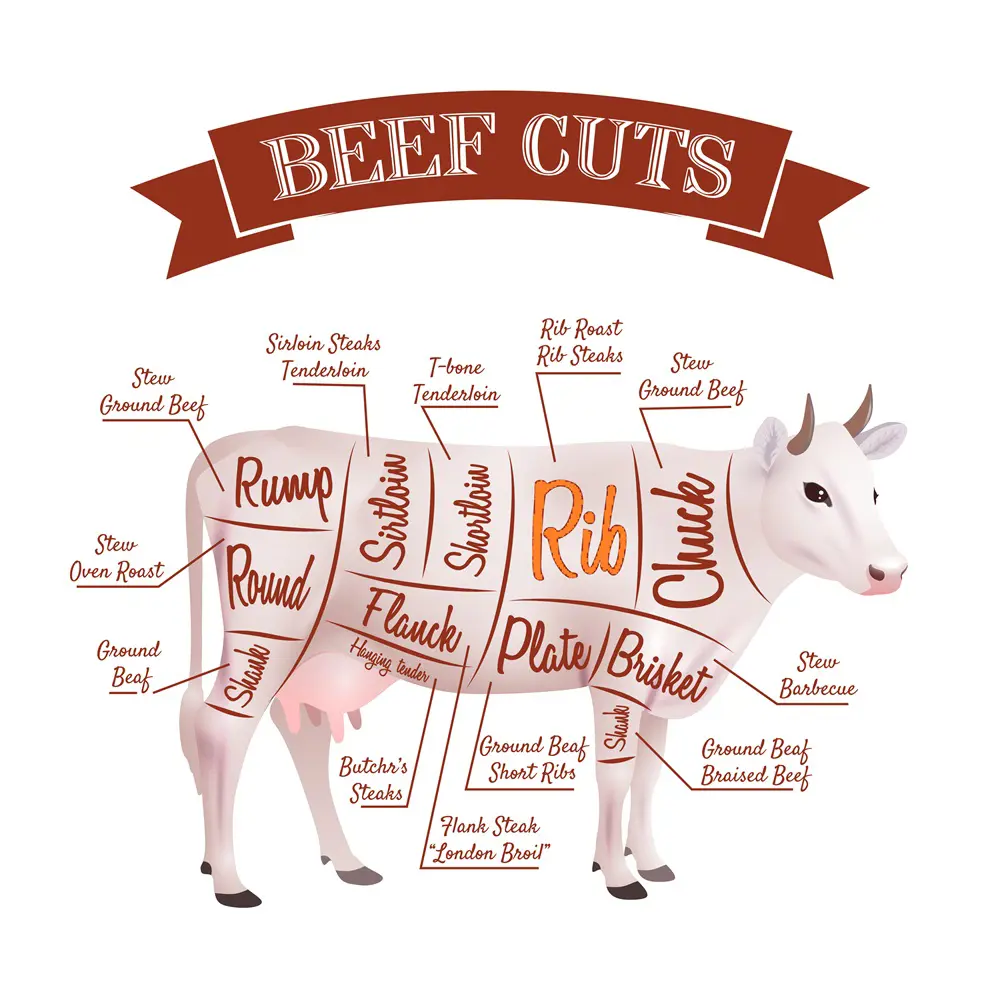
Ribeye comes from the rib section of the cow, typically from ribs six through twelve. This cut gained prominence due to its tenderness and succulence, as it is derived from muscles that receive less exercise. The interplay of meat and fat, especially in well-marbled, high-quality ribeye, has made it a celebrated choice for steak lovers.
While the marbled fat in ribeye does provide a source of monounsaturated fats and omega-3 fatty acids, it's essential to be mindful of the increased calorie and saturated fat intake associated with this cut. The elevated fat content contributes to a greater caloric density and imparts a richer flavor to the meat.
- Calories per 100g/3.5 ounce: Approximately 250-300 calories.
What is Strip Steak(New York Strip)?
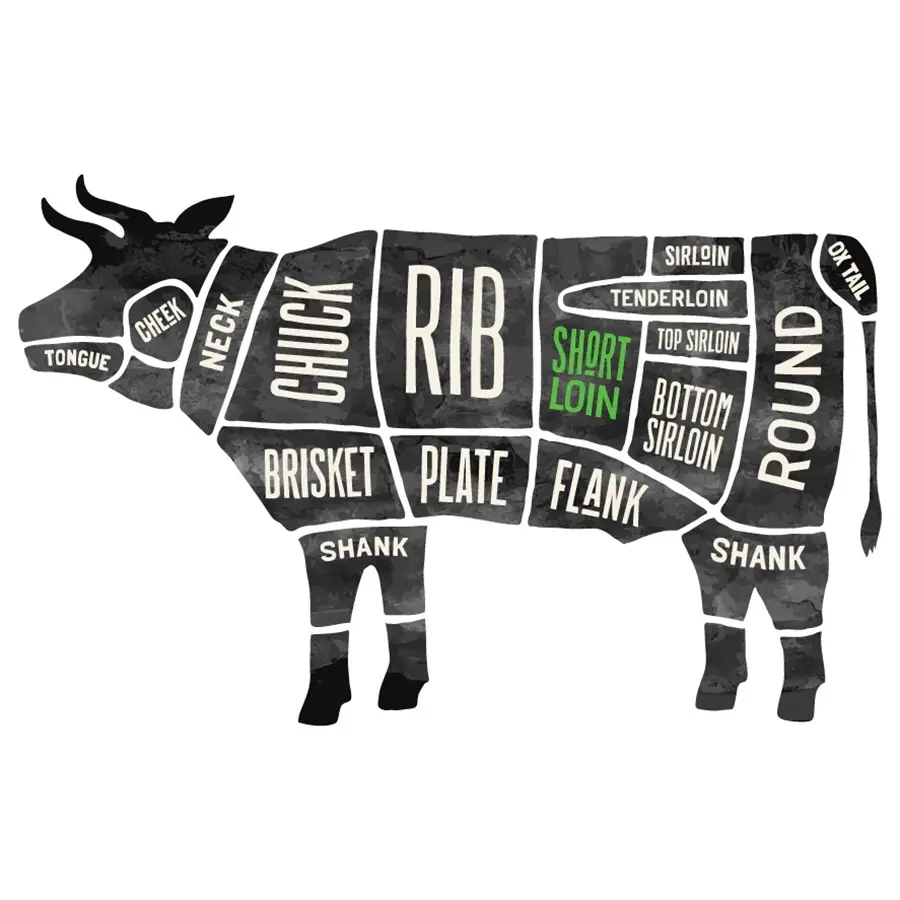
Strip steak is cut from the short loin area, behind the ribs and before the sirloin. Its history lies in the utilization of muscles that undergo more activity, resulting in a leaner yet still flavorful cut. The strip steak's reputation for a bold, beefy taste has made it a timeless classic.
Strip steak is a good source of protein and generally contains less overall fat and calories than ribeye. This makes strip steak a leaner option for those seeking a balance between enjoying a flavorful steak and managing their fat and calorie intake.
- Calories per 100g/3.5 ounces: Approximately 200-250 calories
Marbling and Fat Content
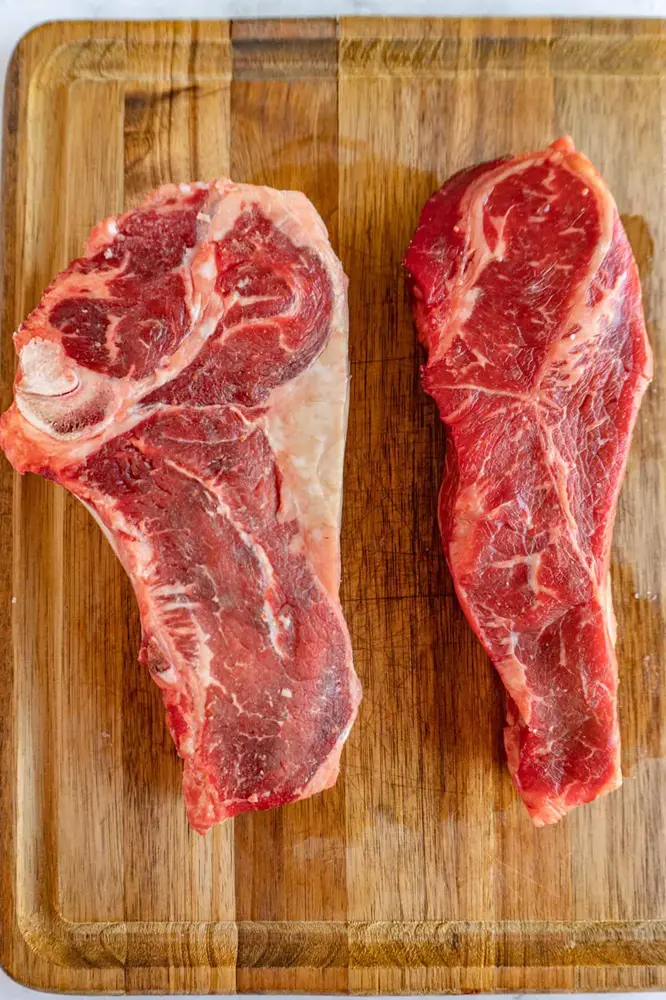
Marbling refers to the intramuscular fat present in a cut of meat. Ribeye steaks are known for their luxurious marbling. The fat is distributed throughout the meat, giving it a rich and buttery flavor. This marbling contributes to the tenderness and juiciness of the steak when cooked.
- Marbling Percentage: 10% to 25% or even higher (depending on the grade of the beef)
- Fat Content of Ribeye: 15% to 25% or even higher
While strip steaks generally have good marbling, they typically have less intramuscular fat compared to ribeye steaks. The fat is often more on the outer edge, and the meat tends to be leaner compared to ribeye.
- Marbling Percentage: 8% to 15% (depending on the grade of the beef)
- Fat Content of Strip Steak: 8% to 15%
Famous Cuts

When it comes to famous cuts of ribeye and strip steak, certain variations and preparations have gained popularity for their unique characteristics and flavors. Here are some notable cuts:
Famous Cuts of Ribeye:
- Bone-In or Boneless Ribeye: Comes with or without rib bone
- Tomahawk Ribeye: Comes with an extended bone, resembling a tomahawk axe handle. This cut is valued for its impressive presentation.
- Cap Steak (Spinalis Dorsi): This is a specific section of the ribeye that includes the outer edge, known as the cap or spinalis dorsi. It is highly marbled and prized for its tenderness.
Famous Cuts of Strip Steak:
- New York Strip (Kansas City Strip): The most common type of strip steak and boneless.
- Bone-In Strip Steak: Similar to the New York Strip, but includes the bone for added flavor.
Flavor

Ribeye is like the fancy steak at a party. The richness of a ribeye is attributed to its substantial marbling, the intricate network of fat woven throughout the meat. This marbling contributes to a succulent, melt-in-your-mouth experience. As the ribeye is cooked to perfection, the fat renders, making the meat super juicy and flavorful, almost buttery. It's like a party in your mouth!
In contrast, strip steak is more like the everyday steak. While it may lack the excessive marbling of the ribeye, strip steak compensates with a straightforward, hearty taste that appeals to those who prefer a leaner but still flavorful option. The beefiness of strip steak is more pronounced, allowing the real beef flavor to come through. It's still yummy and beefy but without all the fancy extras.
Tenderness
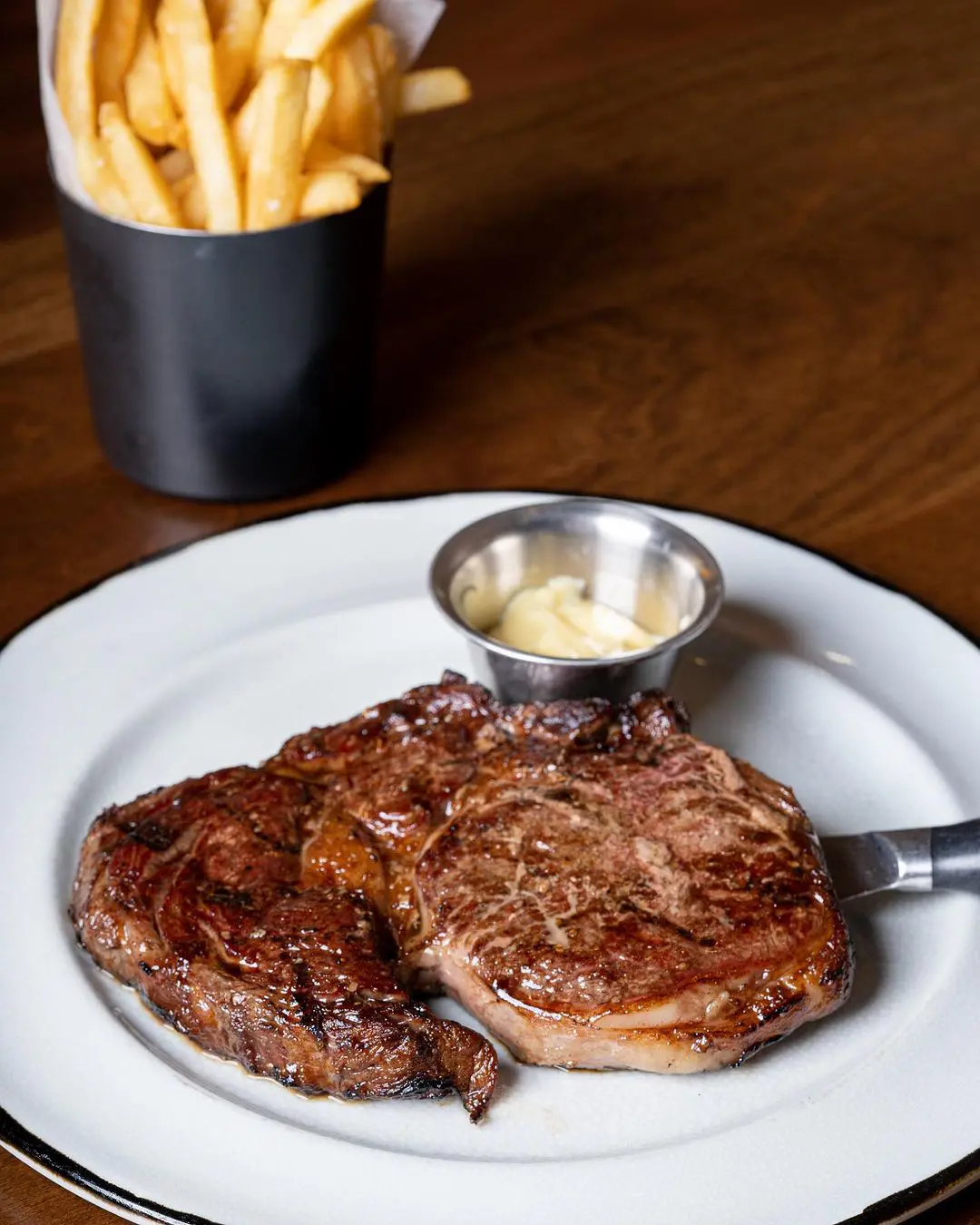
Ribeye is the champion of tenderness in the steak world, like the softest pillow you can imagine. This is because of its high fat content, which melts during cooking, making each bite feel like a luxurious revelation. The combination of well-distributed fat and the relatively less-worked muscles in the rib section contributes to a melt-in-your-mouth consistency, establishing the ribeye as a benchmark for tenderness in the world of steaks.
While not reaching the same heights of tenderness as the ribeye, strip steak is still a tender cut, but it's more like a firm mattress compared to the fluffy cloud of the ribeye. Derived from the short loin, this steak undergoes more muscle activity, resulting in a leaner profile. It has less fat, so while it's not as melt-in-your-mouth, it still cooks up juicy and satisfying.
Accessibility/Cost

Ribeye and strip steak can generally be found in most supermarkets, butcher shops and restaurants. When it comes to cost, ribeye steaks tend to be relatively more expensive than strip steaks. This is due to their higher fat content, extensive marbling, and luxurious flavor profile. As a result, they are often reserved for special occasions, celebrations, or when individuals are willing to invest in a premium dining experience.
Strip steaks are typically more budget-friendly compared to ribeyes. While still offering a great balance of tenderness and flavor, the leaner profile contributes to a lower price point. Strip steaks are often chosen for casual dinners, everyday meals, or when individuals want a satisfying steak experience without the higher cost associated with ribeye.
Cooking Methods

The preparation of ribeye doesn't always require extensive marinating. The higher fat content and marbling make it well-suited for grilling. The open flame enhances the smoky flavor and helps create a delicious crust on the outside while maintaining a juicy interior. Additionally, ribeyes can be successfully cooked in a pan, oven, or even sous vide for precise temperature control.
On the other hand, strip steak's slightly leaner profile makes it adaptable to different cooking techniques. The strip steaks benefit more from marinating. It's versatile enough to handle various marinades or dry rubs. Grilling, pan-searing, broiling, or even sous vide are all effective methods for strip steak. The leaner nature of strip steak allows for a quicker cooking time.
While both cuts are generally tender, some cooks may choose to tenderize the meat further using a meat mallet or other tenderizing methods, especially for thicker cuts.
Serving Suggestions
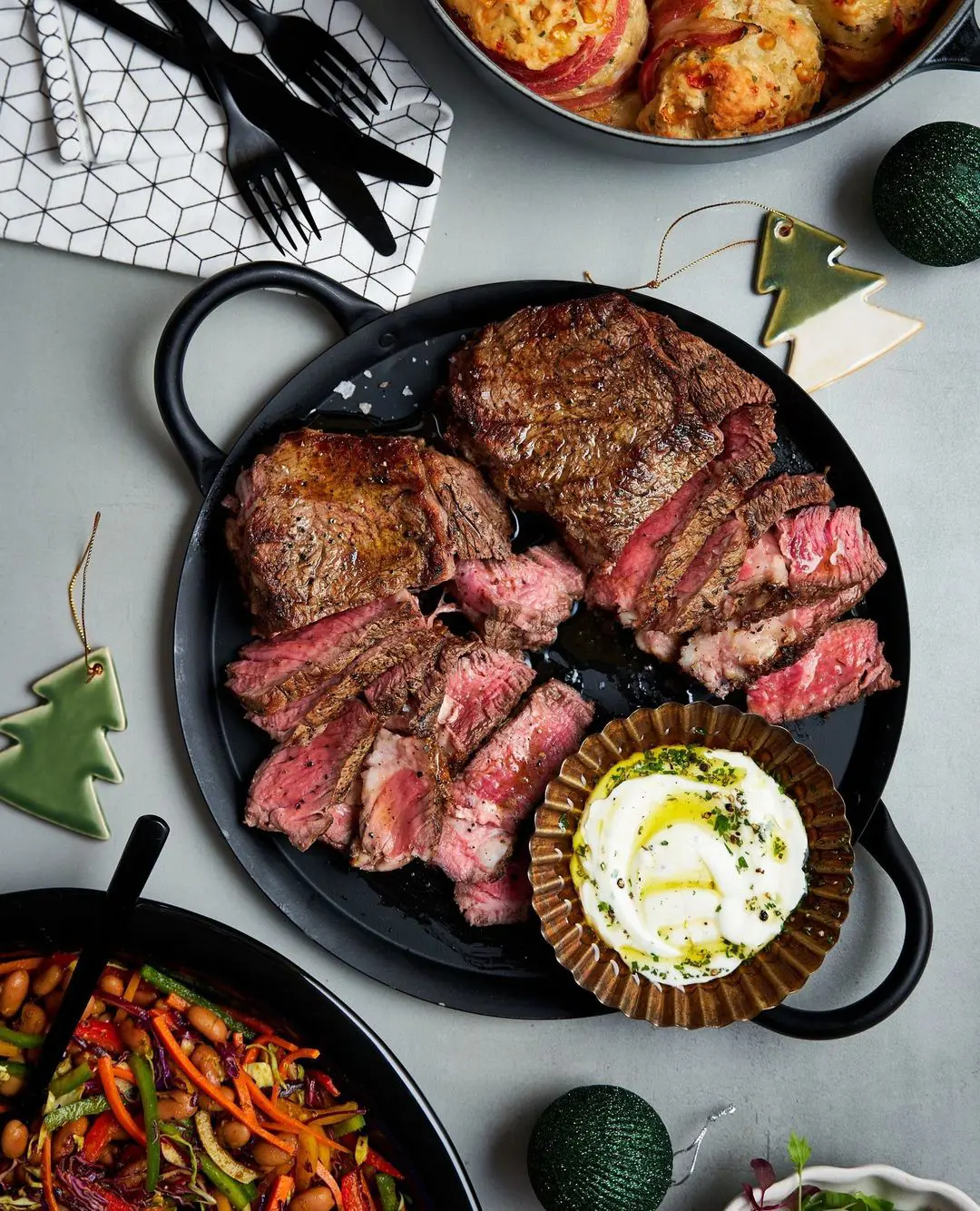
These delicious cuts of beef can be served in various ways. Here are some serving suggestions for each:
For Ribeye Steak:
- Serve ribeye simply grilled or pan-seared seasoned with salt and pepper, and let the natural beef taste shine.
- Top a cooked ribeye with a pat of compound butter infused with herbs, garlic, or other flavors. The butter adds richness and complements the meat's natural juices.
- Serve ribeye in a steakhouse style with classic sides like mashed potatoes, creamed spinach, or a side salad.
- Pair ribeye with roasted vegetables such as asparagus, Brussels sprouts, or carrots for a well-balanced and visually appealing plate.
For Strip Steak:
- Serve marinated and grilled steak with simple seasoning(salt and pepper).
- Serve strip steak with a side of crispy French fries for a classic steak frites dish. Add a dipping sauce or aioli for extra flavor.
- Top a cooked strip steak with chimichurri sauce—a blend of fresh herbs, garlic, vinegar, and oil—for a burst of vibrant flavors.
- Strip steak pairs well with lighter sides such as a green salad, quinoa, or roasted vegetables, offering a balanced and nutritious meal.
Which Is Best For You?
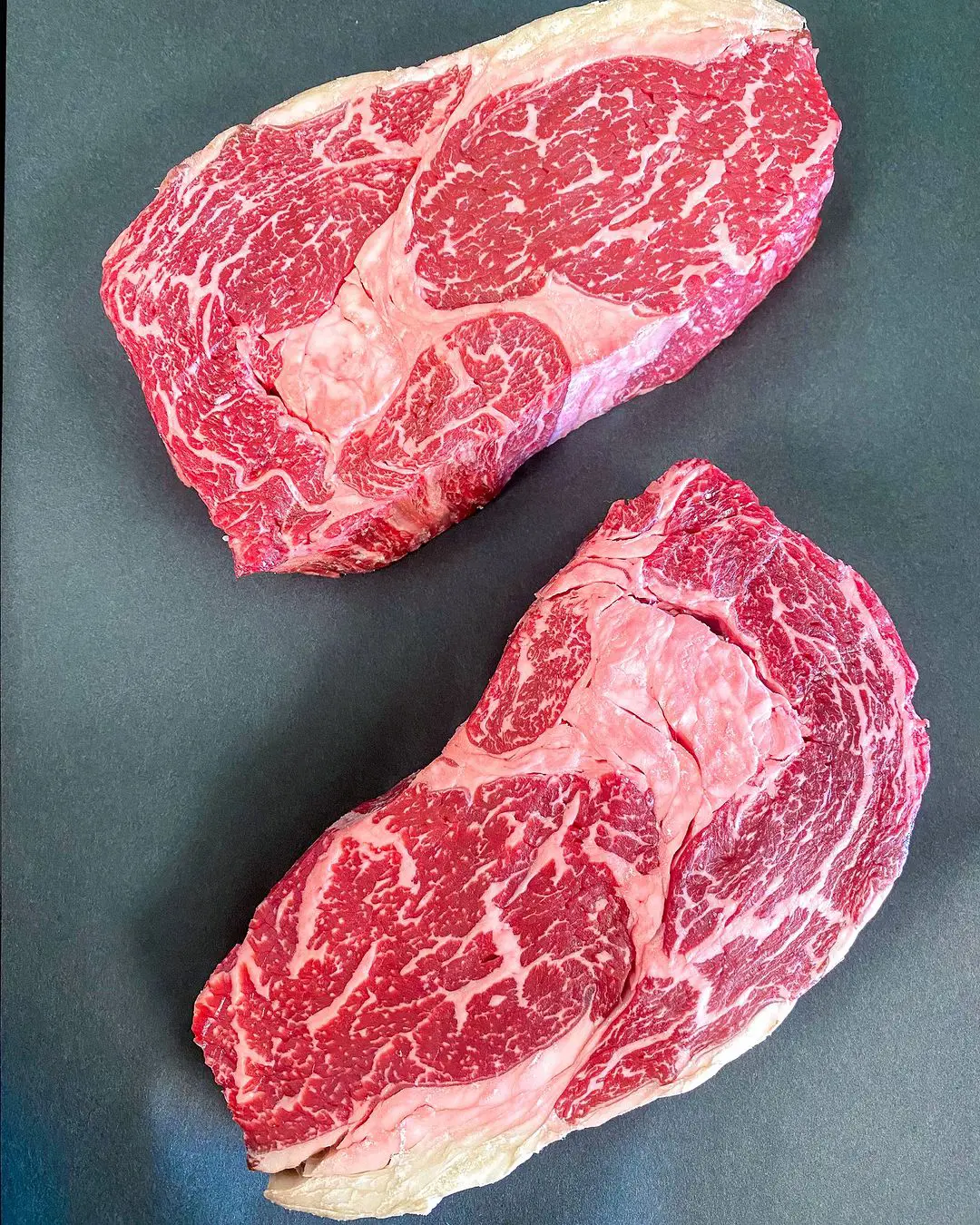
The choice between ribeye and strip steak ultimately comes down to personal preference, as both cuts have distinct characteristics and flavors. If you are someone who enjoys a luxuriously tender and flavorful steak experience(usually for special celebrations or fine dining experiences), then the ribeye might be the preferred choice for you.
Its rich marbling and higher fat content contribute to a melt-in-the-mouth texture and a robust beefy flavor. However, it's essential to note that the higher fat content contributes to its premium pricing, as more marbling often corresponds to a higher quality grade of beef.
Whereas if you are inclined towards a leaner cut with a firmer texture, are health-conscious and looking for a budget-friendly option, the strip steak, or New York Strip, could be more to your liking. The strip steak offers a balance between tenderness and a slightly milder beef flavor, making it a great option for those who appreciate a leaner profile.

